Corrupt Illinois
CORRUPT
ILLINOIS
Patronage, Cronyism,
and Criminality
Thomas J. Gradel
and Dick Simpson
Foreword by Jim Edgar

2015 by Thomas J. Gradel and Dick Simpson
All rights reserved
Manufactured in the United States of America
P 5 4 3 2 1
 This book is printed on acid-free paper.
This book is printed on acid-free paper.
Library of Congress Control Number: 2014033691
ISBN: 978-0-252-07855-2 (paperback)
ISBN: 978-0-252-09703-4 (e-book)
publication supported by
Figure Foundation
make no promises but one:
serve just, just promise.
Contents
by Jim Edgar
Foreword
I HAVE KNOWN MANY GOOD MEN AND WOMEN in politics and government over my career. They have served the public interest well.
However, as Tom Gradel and Dick Simpson conclusively prove in Corrupt Illinois, there is a dark side to our political history as well. Corruption has too often flourished. More than two thousand people in government in Illinois have been convicted on corruption charges in federal court over the last few decades. It is shameful that the Chicago metropolitan region is the most corrupt in the nation and that the state of Illinois is the third most corrupt state.
We have made some progress in adopting more restrictive laws and regulations to curb some of the worst abuses, but the authors show us how much more we need to do.
Corrupt Illinois is the most comprehensive account of corruption in our state ever published. It proposes cures, which will take decades to implement fully, but which deserve our attention now. We can only move forward by understanding our past and the culture of corruption that has too often pervaded our state.
Public service is an honorable profession when ethics guide it. The great accomplishments of the past cannot be allowed to have corruption overshadow them. There are real costs of corruption in tax dollars and in loss of faith in government.
Corrupt Illinois is a clarion call to action. It illustrates the many patterns that corruption has taken and its root causes in machine politics and an individualistic political culture that has allowed corruption to flourish. But in the twenty-first century we can take a different road and create a better future.
Jim Edgar
Former Illinois Governor
Preface
SINCE THE LATE 1960s, as one public-corruption expos after another dominated the front pages of daily newspapers and led the evening TV news, we expected heads to roll; corrupt practices to be eliminated; and those responsible to be voted out of office. But substantial reforms didnt happen. The most recent scandal was soon forgotten. Then after a year, another government unit was investigated, different bureaucrats were indicted, and a few additional politicians were convicted and sent to jail. Like Bill Murrays day in the movie Groundhog Day, it keeps happening, again and again. But we not only observed chronic corruption, we also experienced firsthand the impact of machine politics as we struggled with others to pass laws to reform politics.
Our experiences have led us to question why corruption scandals keep happening, why the general public seems so resigned to corruption, and why effective correction measures are so rarely taken. Although the general public hears about specific instances of corruption, it is not aware of its extent, its underlying causes, or its cost to our daily lives. Thus we have set out to document the severity of corruption, which we had planned to publish in an Encyclopedia of Illinois Corruption. That was not entirely practical because there were so many public crooks to catalogmore than two thousand since 1976. Court records, inspectors generals reports, biographies, and, most of all, thousands of juicy news reports were not easy to locate and systematize. But with the help of an ever-changing team of student researchers, we achieved part of our goal by creating a substantial database now available on the Internet at http://www.uic.edu/depts/pols/ChicagoPolitics/chicagopolitics.htm .
However, simple lists of corrupt officials do not stir souls and will not motivate the public to demand significant reforms. So we began to analyze the assembled stories of corruption in all its myriad forms. We wanted to know what caused sometimes good and honest men and women to fall prey to so many schemes. As we looked at the database and at the stories of public betrayal, we began to discover distinct patterns. How governors and high-state officials steal is different from the patterns of aldermanic, suburban, or police corruption, for example. Moreover, the patterns of corruption in the nineteenth century have evolved considerably by the twenty-first century.
In this volume, we present a case study of corruption of a single state from its beginnings as a territory two hundred years ago. Our hope is that by providing these examples we will also expose the root causes. We further provide, based upon this study and the studies of others around the world, a plan of action to create a positive political culture and to curb the culture of corruption that has been our inheritance.
Our basic conclusions are inescapable. Illinois is among the most corrupt states and Chicago is undoubtedly the most corrupt city in our nation. There is a severe cost to this corruption at many levels. We can no longer afford to sustain these moral, political, and monetary costs. Change is both possible and desirable. It is our hope that our book can contribute to that end.
Corrupt Illinois

Following his arrest by the FBI for extortion and trying to sell a vacant U.S. Senate seat, Governor Rod Blagojevich was impeached and removed from office. In 2011, he was convicted of wire fraud, bribery, attempted extortion, and conspiracy. Photo courtesy of Sun-Times Media.
CHAPTER 1
Corrupt Illinois
PUBLIC CORRUPTION HAS BESMIRCHED Illinois politics for a century and a half. Even before Governor Rod Blagojevich tried to sell the vacant U.S. Senate seat to the highest bidder, the people of the state were exposed to outrageous corruption scandals. There was, for instance, Paul Powell, a downstater, former secretary of state, and old-style politician. He died leaving hundreds of thousands of dollars from cash bribes hoarded in shoeboxes in his closet. There were the thirteen judges nabbed in Operation Greylord who were convicted for fixing court cases.
Four of the last nine governors of Illinois went to jailOtto Kerner, Dan Walker, George Ryan, and Rod Blagojevich. They were preceded by other governors such as Joel Matteson, Len Small, and William Stratton, who were indicted or found culpable in civil or legislative hearings but were not convicted in criminal courts and were not sent to jail.
Kerner was the first governor to be convicted of bribery, conspiracy, and income-tax evasion in a case involving racetrack stock improperly acquired while in office. Dan Walker was convicted after leaving office for bank fraud at a savings-and-loan bank he acquired.
The case of George Ryan, a pharmacist and former chairman of the Kankakee County Board, involved felonies by high-ranking officials as well as bribery committed by frontline clerks and inspectors. He was convicted of eighteen counts of corruption for leading a scheme in which bribes were paid to his campaign funds as both secretary of state and governor. Secretary of state employees sold truck-driver licenses in return for bribes that were partially given to the Ryan campaigns. This led to fatal accidents by unqualified truck drivers.
Next page

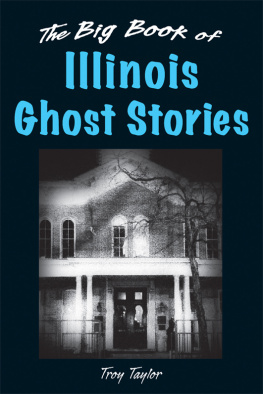
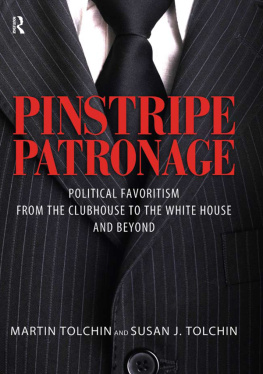
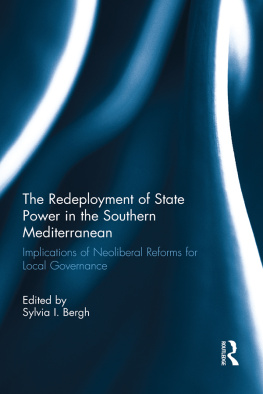
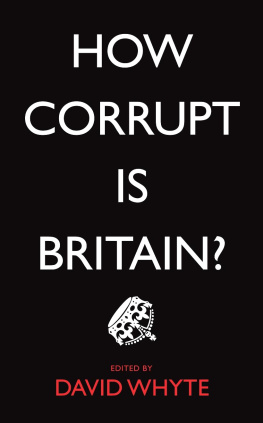
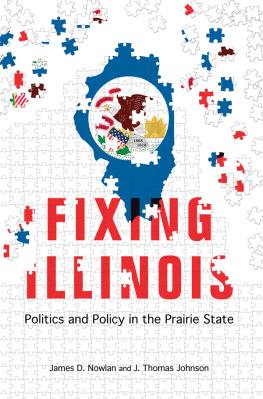

 This book is printed on acid-free paper.
This book is printed on acid-free paper.